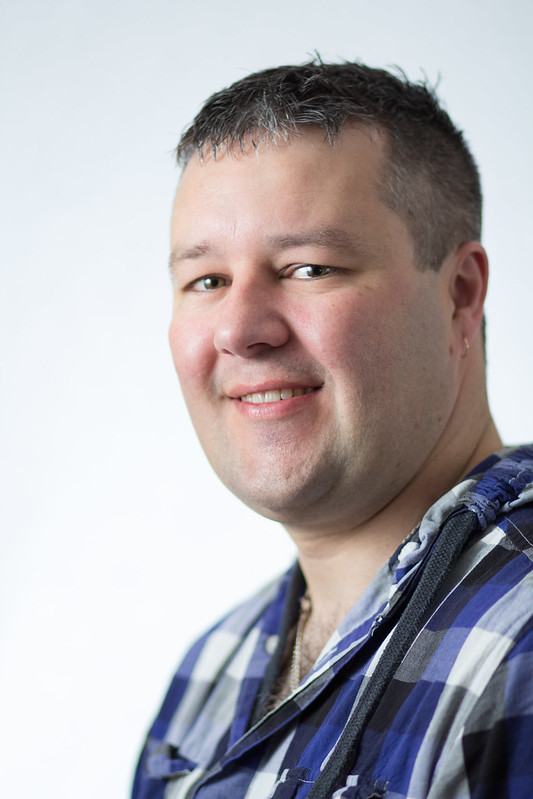- Messages
- 2,812
- Name
- Mike
- Edit My Images
- Yes
I'm going over some 'studio' (I say studio but it was my front room) images of my friend and something has occurred to me. The umbrella is 45deg camera left facing the front of his body. IIRC the reflector was either 90deg or 45deg camera right. Have i got them the wrong side? The way I have it the front of his torso is lit but the closest side of his face isn't as much. If I had them the other way the closest side of his face would be more lit but the front of his torso wouldn't be. If I do have it the correct way, it it the same way for a head shot?
Straight out of camera, converted to JPEG

20160427-IMG_0657 by Michael Parker, on Flickr

20160427-IMG_0673 by Michael Parker, on Flickr
Straight out of camera, converted to JPEG

20160427-IMG_0657 by Michael Parker, on Flickr

20160427-IMG_0673 by Michael Parker, on Flickr
Last edited:

